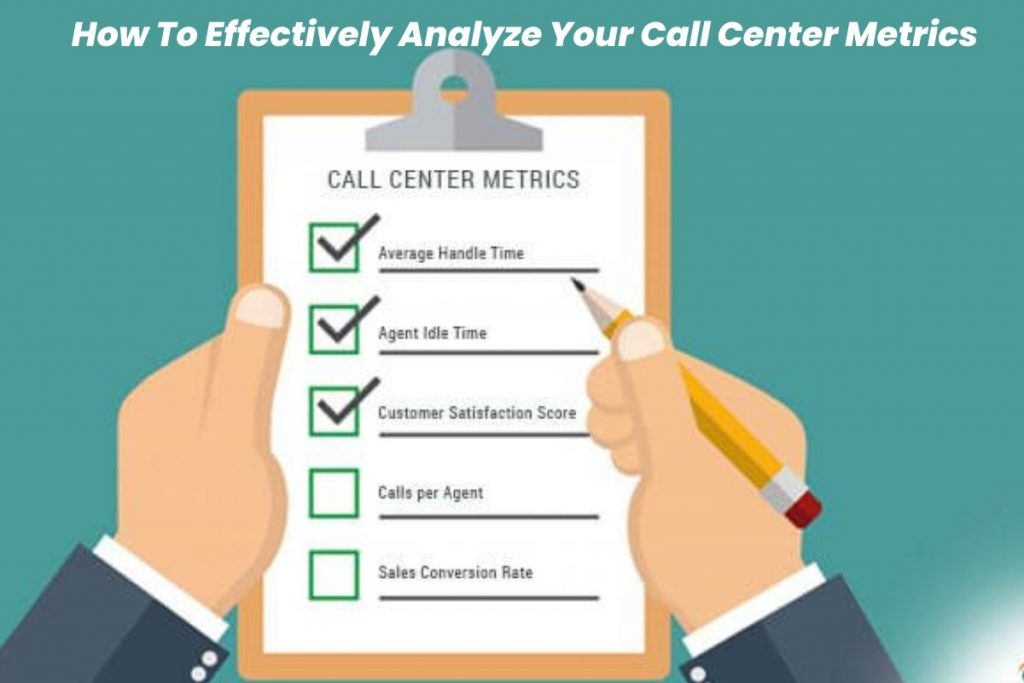Call Center Metrics – A call center is your business’s first line of defense in customer service, often serving as your business’s public image, too. Whether you’re focusing on inbound or outbound calls, it’s important to measure the effectiveness of your call center efforts, so you can constantly improve and grow your business through better customer service and faster response times. Here are key call center metrics you should be analyzing.
Table of Contents
Calls Handled in a Minute
How many calls are handled in a minute is a key metric. This is typically the first number that managers and supervisors will look at when they want to understand how productive their staff is. Calls handled per minute tells you how busy the call center has been over a given period of time. The metric can be tracked on an individual, team or company-wide basis and can also show up as part of performance reviews.
If agents are handling too few calls per minute, then it may indicate that your call center isn’t properly staffed to handle incoming volume; conversely, if agents are handling more than 150 calls per hour, then it may indicate that your call center is understaffed and overburdened.
Average Speed of Answer (ASA)
An important metric to measure is the average speed of answer (ASA). The ASA is the average amount of time in seconds it takes a representative to answer a call. Consider how long it would take if one out of five calls was answered in 5 seconds or less, one out of ten calls was answered in 10 seconds or less, and so on.
This will give you a better idea of what your customers expect when they call your company. Average wait time (AWT) is also an important metric to measure. It’s defined as the amount of time that elapses from when the customer dials into your company until they are connected with an agent.
Abandon Rate
We talked about why you should monitor the abandonment rate of your call center, so now let’s take a closer look at what it is and how to calculate it. The abandonment rate is the percentage of inbound calls that are abandoned by the caller before they are answered.
You measure this by taking the total number of inbound calls that were abandoned and dividing by the total number of inbound calls. So if you had 100 inbound calls and 20 were abandoned, your abandonment rate would be 20%. Abandonment rates can be calculated with any kind of call, but most businesses will use phone numbers for their call centers.
Average Handle Time (AHT)
One of the most important call center metrics is average handle time. AHT is the average length of a call, in minutes, from when a customer first reaches the phone to when they hang up. The higher your AHT, the less likely it is that customers will have a positive experience with your company.
AHT is typically measured in two different ways:
- Average Outbound Handle Time (AOH) – This metric measures how long it takes an agent to handle a call before transferring or ending it.
- Average Inbound Handle Time (AIH) – This metric measures how long it takes an agent to handle a call after being transferred or picked up by another agent.
Average Talk Time (ATT)
The first call center metric you should be analyzing is the close rate. This stat tells you how often your agents have been able to close out a call with a resolution. The closer your agents are to resolving 100% of their calls, the better they are at their job. A high close rate means that your agents are successfully solving customer problems and delivering quality service by addressing the customer’s needs in a timely manner.
Mean Opinion Score (MOS)
Mean Opinion Score (MOS) is one of the most popular call center metrics, used to measure how satisfied customers are with their experience. MOS is calculated based on a scale of 1-5, where 1=very dissatisfied and 5=very satisfied. A customer’s scores from each phone call or contact with a company are averaged out to provide an overall score for the customer’s entire interaction with the company.
A MOS score of 3 would indicate that on average, a customer is neither very satisfied nor dissatisfied during their interaction with your business. The higher your MOS score, the better – but don’t be discouraged if you’re scoring low on this metric; there are many other ways to improve your customer service and increase satisfaction rates.
Close Rate
Close rate, or the percentage of callers that are closed without transferring to another department, is one of the most important call center metrics. The closer you can get your close rate to 100%, the more efficient your team will be at handling calls.
To Conclude
In order to measure the effectiveness of your call center, you must have a clear understanding of how to analyze key metrics. By implementing these seven metrics into your strategy, you will be able to better predict and plan for the future.

Review How To Effectively Analyze Your Call Center Metrics. Cancel reply